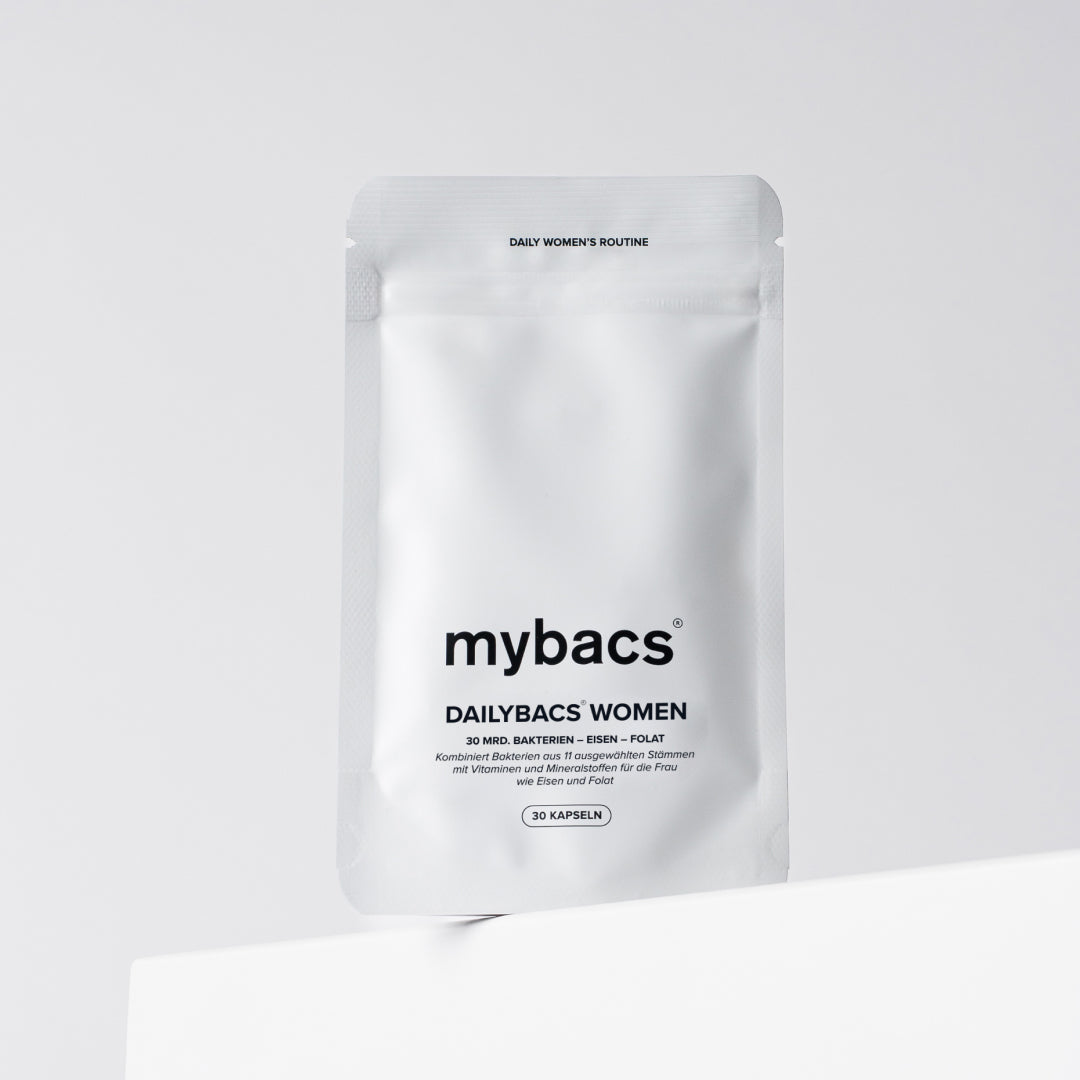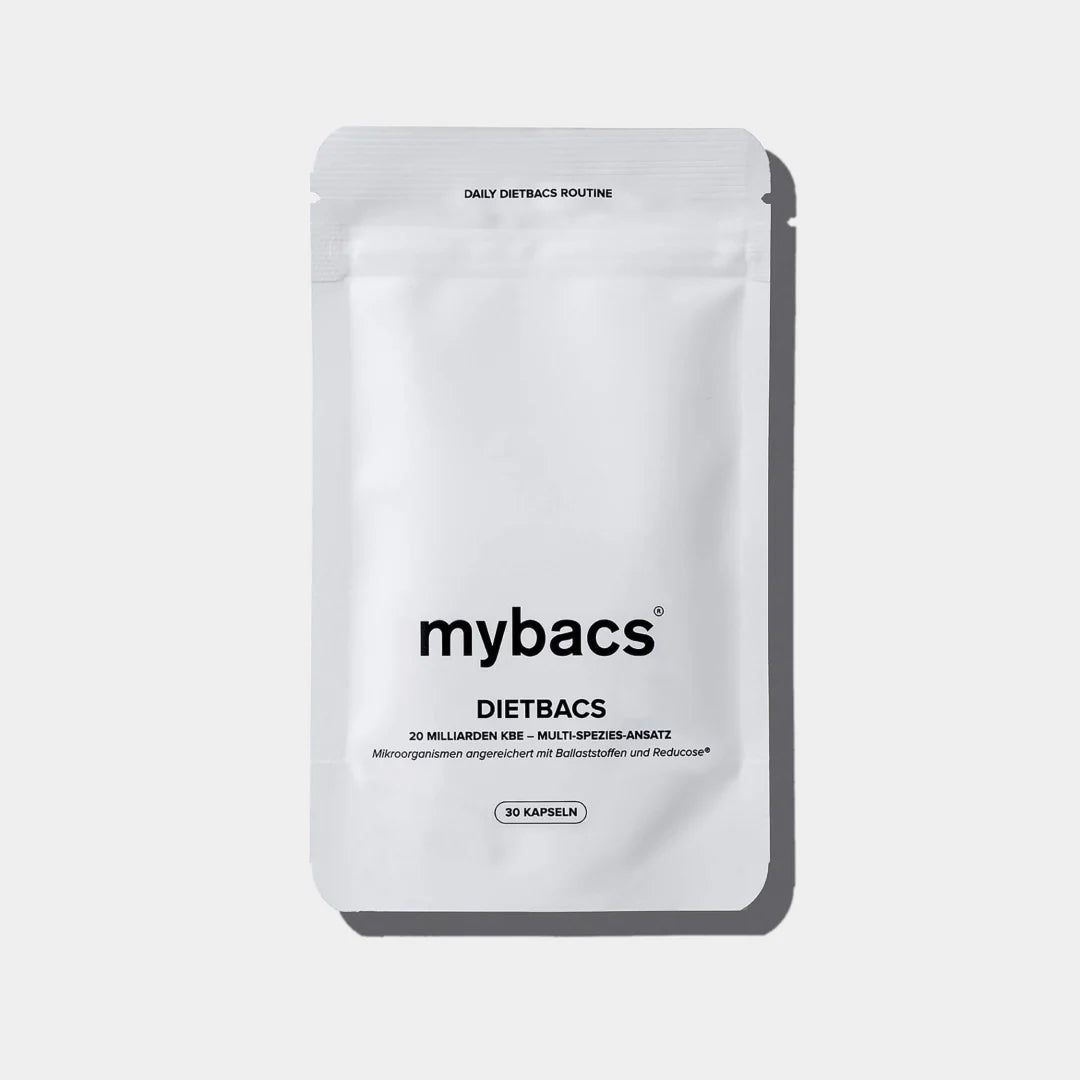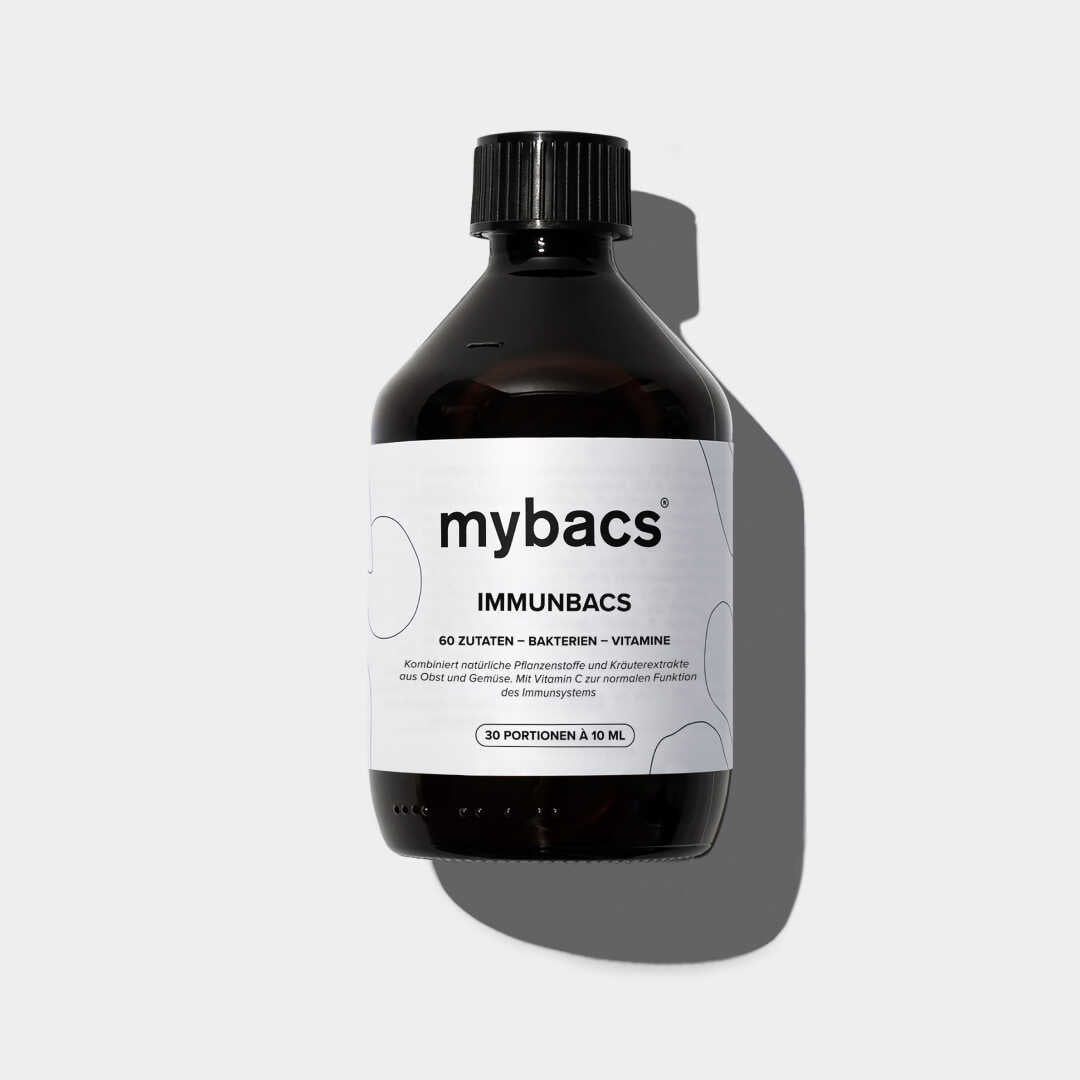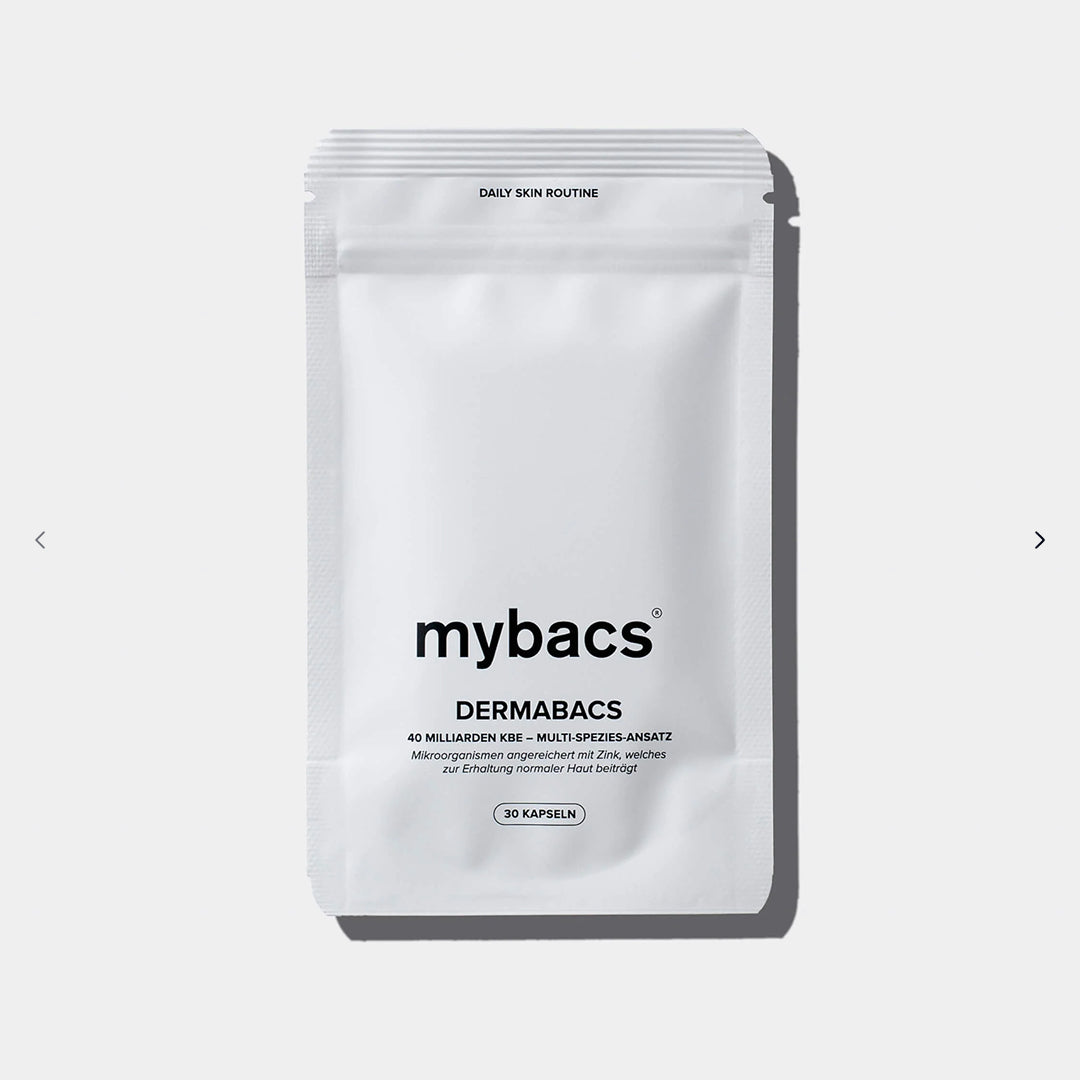In the labyrinth of female biology, hormones play a pivotal role by controlling the menstrual cycle and the physical experiences associated with it, such as pain and cramps. Progesterone, estrogen, and prostaglandins, in particular, are crucial to the functioning of this complex system. Let's take a closer look at these hormones and explore how they affect the female body.
Estrogen: The cycle regulator
Estrogen is another important hormone in the female cycle. It regulates the buildup and breakdown of the uterine lining and also plays a role in regulating body weight, skin condition, and emotional well-being.
FSH - The Conductor of the Cycle
Follicle-stimulating hormone (FSH) is a crucial player in the female cycle. Produced by the pituitary gland, FSH's primary function is to promote the development of follicles in the ovaries, which house immature eggs. Rising FSH levels at the beginning of each cycle stimulate the follicles to grow and produce estrogen, ultimately leading to the release of a mature egg—ovulation.
A balanced FSH level is crucial for the proper functioning of the menstrual cycle and fertility. Over- or underproduction of FSH can cause cycle irregularities and fertility problems. Understanding FSH helps us decipher the complex choreography of the female cycle.
Prostaglandins: The doppelgangers of hormones
Prostaglandins are not traditional hormones, but hormone-like substances produced in the body. They are responsible for regulating many bodily processes, including inflammatory responses and the sensation of pain. During menstruation, prostaglandins cause the uterus to contract to expel the shed endometrium, which can lead to pain and cramping.
Progesterone: The hormone of pregnancy
Progesterone is a steroid hormone that plays a crucial role in the female cycle. It prepares the body for a possible pregnancy by preparing the uterine lining for the implantation of a fertilized egg. If pregnancy does not occur, progesterone levels drop, ultimately leading to menstruation.
Interesting to know:
Progesterone tells the body to relax; it's essentially the opposite of prostaglandins. Progesterone is so potent that it's even given to women to prevent premature births.
Hormonal imbalances and menstrual problems
One of the most well-known—and often feared—phenomena associated with the female cycle is premenstrual syndrome (PMS). It is a collection of symptoms that can occur in the days before menstruation and are often triggered by hormonal fluctuations. The most common symptoms include mood swings, breast tenderness, irritability, fatigue, and food cravings.
PMS is thought to be partly due to fluctuations in estrogen and progesterone hormone levels. A sudden drop in these hormones just before menstruation can lead to typical PMS symptoms. While there is no cure-all for PMS yet, certain lifestyle adjustments and treatments can help alleviate symptoms.
Summary
In conclusion, hormones are the invisible orchestra that orchestrates the female cycle. They play a key role in regulating processes such as ovulation, menstruation, and even the experience of pain and cramps. By understanding their interplay, we can better navigate our bodies and contribute to our overall well-being.






